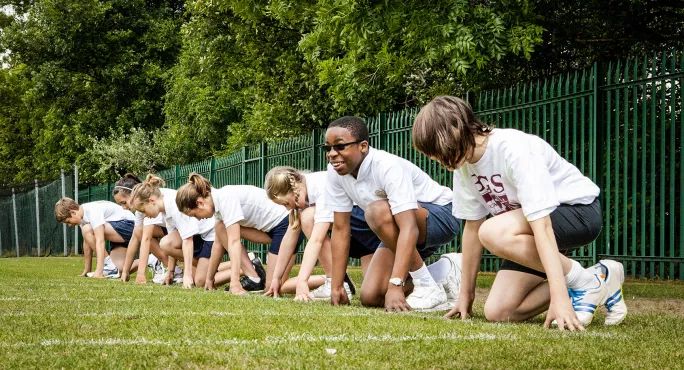4 ways to improve PE in Scottish primary schools

Health and wellbeing was cited as one of the main priorities when pupils returned to school after the Covid lockdowns. However, there is a danger that the urgency of “catching up” with “lost learning” and focusing on the more quantifiable literacy and numeracy may be to the detriment of the third of Curriculum for Excellence’s main areas.
A crucial part of health and wellbeing is PE, and there is a statutory requirement for two hours of high-quality physical education in primary schools each week. However, it is unclear if this is being met, and if quality is being maintained and assured.
PE should be delivered with the same sense of importance as literacy, numeracy or any other curricular area. We need to escape the notion that it is just sport, physical activity or fitness.
- Related: Six steps to help primary PE recover from Covid
- Quick read: Is PE the most important school subject of all?
- Exclusive: Just half of new primary teachers expected to find work
In early and first level particularly, PE is about embedding fundamental movement skills and the development of physical literacy, cooperation and leadership skills, and it is a context in which to test determination, resilience and coping strategies. Meaningful PE experiences will help to ensure positive attitudes towards an active lifestyle, which will hopefully see pupils continue to take part in active movement outwith school and maintain a healthy lifestyle.
PE has to be delivered by General Teaching Council for Scotland-registered teachers, although it can be supported by other individuals. But there must be more support for schools and teachers. At the initial teacher education (ITE) phase, for example, there simply isn’t enough training to provide non-specialists with the skills, knowledge and confidence to deliver primary PE.
What else can we do to ensure high-quality PE in Scottish primary schools? Here are my four target areas for improved primary PE:
How to improve PE in primary schools
1. Create more professional learning opportunities for PE
Some local authorities have PE lead officers whose remit is to provide support and organise CPD, but this provision is sporadic and needs to be more consistent across the country. In the past, teachers could also apply for a fully funded and part-time postgraduate course in primary PE, but opportunities such as these are rare now.
I would urge interested primary teachers to sign up with the Scottish Association of Teachers of Physical Education (SATPE), which provides online resources, videos and access to professional learning opportunities at the annual SATPE conference, which is due to take place in October this year.
2. Give teachers the chance to share good practice in their local area
A network in every local authority is essential to ensure that PE is recognised as a distinct entity. This means a platform for representatives from each school to collaborate, plan and discuss the aims for PE in their local area and, where required, provide professional learning opportunities for staff across the local authority.
3. Ensure that all schools have adequate PE resources and facilities
There is a disparity in the quality of PE and play facilities in primary schools, especially outdoors - and, as a result, a disparity in the quality of the experience received by pupils. Some schools just might not be able to afford certain resources, but we need to offer more guidance to schools on the core equipment required. Perhaps there could be a central bank of resources that schools can share and access at different times, to allow pupils a more varied and meaningful PE curriculum.
4. Ensure high-quality PE by establishing one of four workable models
These four models are:
1. An in-house, full-time PE specialist - sometimes this is funded by the local authority, sometimes through a school’s allocation from the Pupil Equity Fund.
2. Specialist provision - each class receives one specialist lesson per week, with the class teacher taking a second lesson.
3. Associated secondary PE teachers being allocated time to visit primary schools to deliver PE lessons, which would also help with primary to secondary transition.
4. A PE lead within the school, in charge of overseeing physical education in the school, organising and buying equipment and attending local PE network meetings.
Dominic Tollan is a PE teacher and editor of the SATPE (Scottish Association of Teachers of Physical Education) Journal
You need a Tes subscription to read this article
Subscribe now to read this article and get other subscriber-only content:
- Unlimited access to all Tes magazine content
- Exclusive subscriber-only stories
- Award-winning email newsletters
Already a subscriber? Log in
You need a subscription to read this article
Subscribe now to read this article and get other subscriber-only content, including:
- Unlimited access to all Tes magazine content
- Exclusive subscriber-only stories
- Award-winning email newsletters
topics in this article



